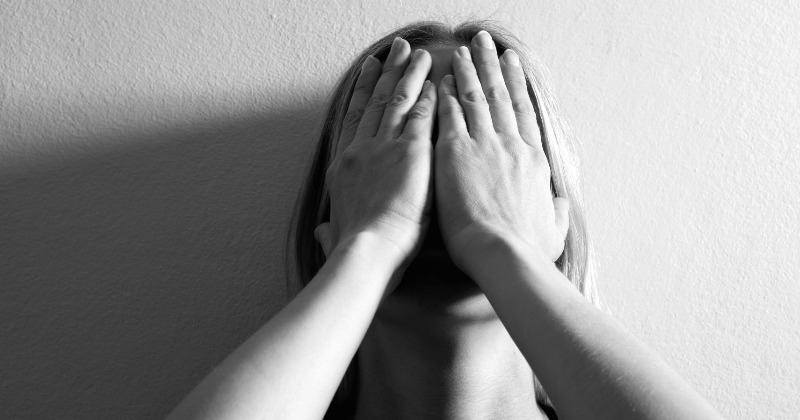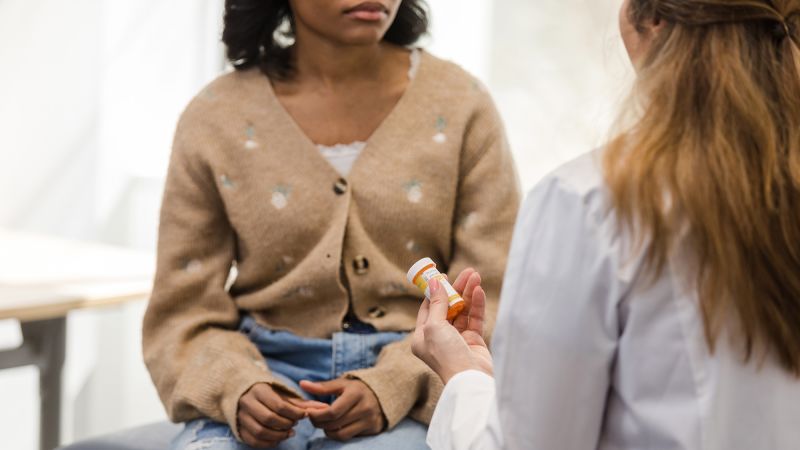
The COVID-19 pandemic has led to a sharp rise in antidepressant use among adolescents and young adults, particularly girls. A new study published in the journal Pediatrics found that antidepressant dispensing rose nearly 64% faster after March 2020 in young people aged 12 to 25. The increase was more pronounced among females, with a rate of rise of over twice as fast for girls aged between 13 and 17 years old compared to males in the same age group. This trend is consistent with multiple studies suggesting that rates of anxiety and depression increased during the pandemic.


